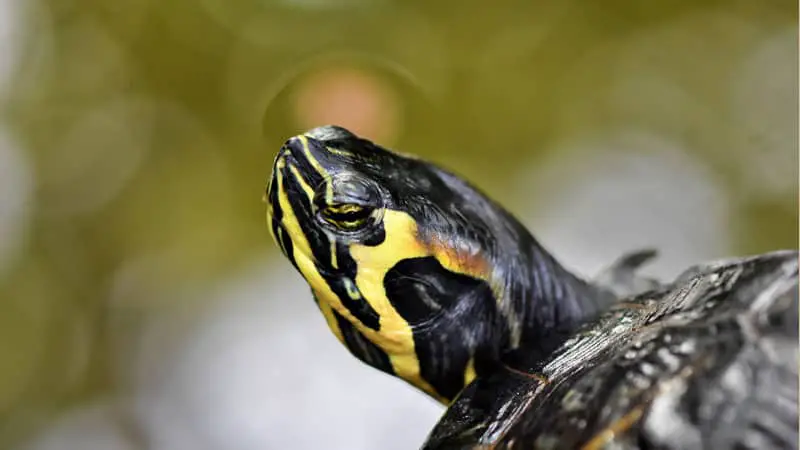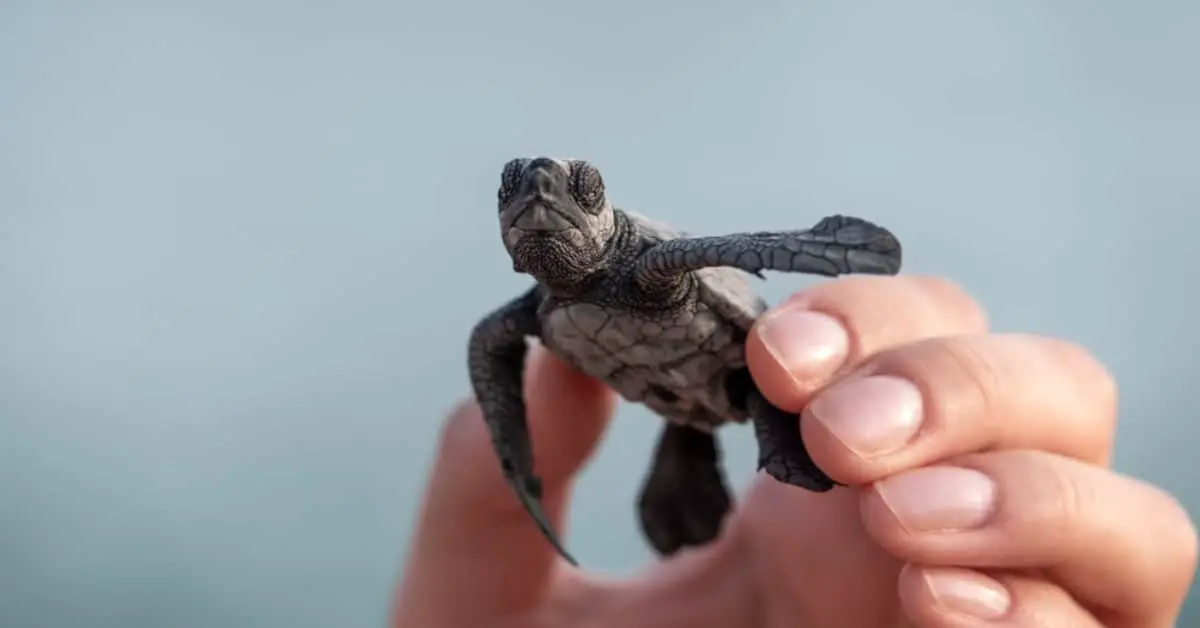Traveling with your turtle across the border can make one nervous. You may have to make special transport arrangements for the turtle. You may also need to abide to special animal import/export laws and pet policies.
You can travel with your turtle across the border. To ensure border inspection officers don’t detain, confiscate, or deny your pet entry, you may have to follow certain procedures. You’ll need to transport humanely, declare the turtle, and have all necessary permits and certificates.
Depending on the country and border, there might be special rules and regulations regarding traveling with your turtle.
How Far Can You Travel with Turtles?
Depending on the size, age, and species, your turtle can comfortably last two days without food or water. Meaning you can travel with your turtle for at least 48 hours without worry.
Some species can last up to 5 days in relative comfort without food. They may need some moisture inside the transport box from where they can draw water. For example, a red-eared slider can last 5 days comfortably or slightly longer. However, don’t make the journey too long as the turtle may be stressed even to the point of death.
How To Safely Ship Turtles

When traveling with your pet turtle over long distances and across borders, the key concerns will be turtle safety, food, water, and legal permits. There are no restrictions on moving pet turtles across most borders, though you may have to indicate you’ve complied with the Lacey Act.
For your turtle’s safety, you will need to place it inside an insulated box to keep the temperature consistent. You’ll also need to restrict the turtle’s movement by tying it inside a pillow case, sock, or other tight breathable sack-like material. To transport your turtle, you will need:
- An insulated shipping box to keep the temperature consistent. The box should be much bigger than the turtle so as to retain as much oxygen as possible.
- Sock or pillowcase made out of breathable fabric that’s restrictive. Pick a sock material with small holes so the turtle’s claws don’t get caught in between.
- Ropes, strings, or zip ties to tie the end of the sack, pillowcase, or sock.
- Packing tape to close up the box securely.
- Heat packs depending on the home and destination climates. If you’re taking the turtle from a warm zone to a cold area then you’ll need the heat pack to keep the temperature inside the insulated box consistent.
- Styrofoam pieces to insulate the container. The Styrofoam also acts as a buffer protecting the turtle from impact if there is an accident or sudden movement.
- Don’t feed them a day or two before travel. You don’t want the turtle to defecate along the way. The presence of feces can introduce harmful bacteria and foul air inside the insulated box.
- Push the turtle by the shell to the very end of the sock, head first. Watch out so the claws don’t get stuck in the fabric.
- Close with a sock, sack, or pillow case with two zip ties to reduce chances of escape. You need the turtle immobile otherwise they endanger themselves if they’re moving inside the box.
- Turtles don’t move much, so it’s not inhumane to temporarily restrict their movement. When you do the zip ties, make sure you don’t pinch the turtle’s tail.
- Double wrap the sock around the sides of the turtle to keep the limbs from poking outward. Don’t double wrap the head of the turtle. You want it to breathe easily.
- Place Styrofoam pieces at the bottom and on the sides of the box.
- Place the turtle inside the box then use newspapers to wedge the turtle to one corner.
- Place a Styrofoam piece at the top then tape the box shut.
- Add labels showing you comply with The Lacey Act. This is a US conservation law that shows you are not trading in endangered or restricted animals.
- Cardboard allows air to get to the turtle. Don’t poke holes into the box as that defeats the purpose of using insulation.
Can You Bring a Turtle Across the Border?
You can bring a turtle across most borders. It all depends whether you’re transporting one turtle as a pet, a few turtles, or a bunch of turtles for sale. There are also different sets of laws and rules for importing and exporting turtles for scientific research.
Single Pet
If you’re accompanying your pet turtle across a border then regulations should be pretty straight forward. The US Centers for Disease Control and Prevention (CDC) currently has no restrictions on transporting pet turtles into and out of the US. Neither does the US Department of Agriculture (USDA) in their pet policies.
For travelers crossing the border by road or boat, they will have to declare they have a turtle aboard. The border agent may want to do a visual inspection and that’s about it. If there are no clear problems with your turtle or packaging, the border patrol agents should let you through.
Multiple Turtles

If you’re transporting more than one turtle you may be required to show whether they are your personal pets or turtles meant for trade. Pets will be treated the same way as they would treat a single turtle.
If you’re transporting turtles to go sell in the destination country, the border agents of either side of the border may request to see your trade licenses and import-export permits. The documents required may include:
- Clearance from an authorized veterinary officer.
- Letter from the client business in the destination country.
- Customs, duty, and tax certificates.
- Import/export clearance letters.
- Pet passports in some jurisdictions like the EU.
Can You Bring Other Reptiles Across the Border?
The US Animal and Plant Health Inspection Service (APHIS) is one of the main agencies regulating the transport of animals in and out of the US. According to the APHIS website, there are three species of tortoises restricted from entering the US. These are:
- The African spurred tortoise (Geochelone sulcata)
- Leopard tortoise (Geochelone pardalis)
- Bell’s hingeback tortoise (Kinixys belliana)
According to the US Customs and Border Protection, there may be different requirements for reptiles taken out of the US and returned compared to pets of non-US origin.
Generally, most border agencies won’t deny entry for animals not on the restricted list. However, if a border agent has doubts or sees signs of ill health they may deny entry.

